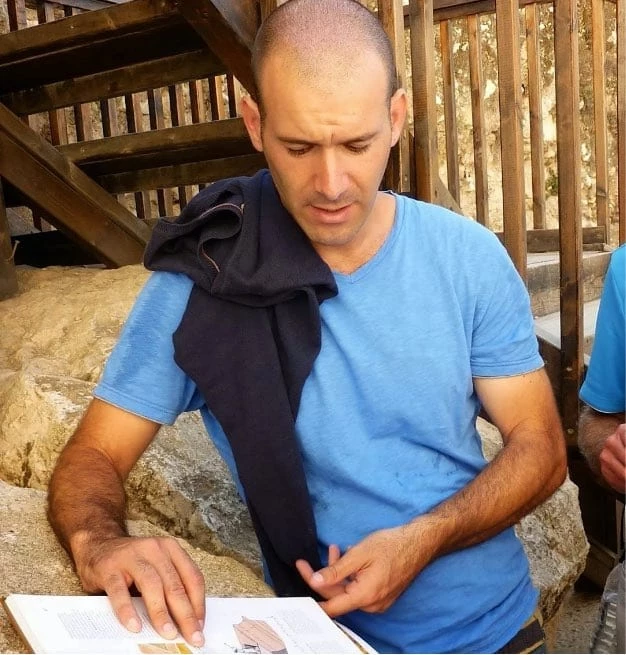The Ammunition Hill Museum is a site commemorating the Battle of Ammunition Hill that was established at the initiative of the bereaved parents after the Six Day War. The battle of the Ammunition Hill became a myth of heroism in Israel, and the connection it has to the uniting east and west Jerusalem, turned the memorial site into a ceremonial focal point of national significance.
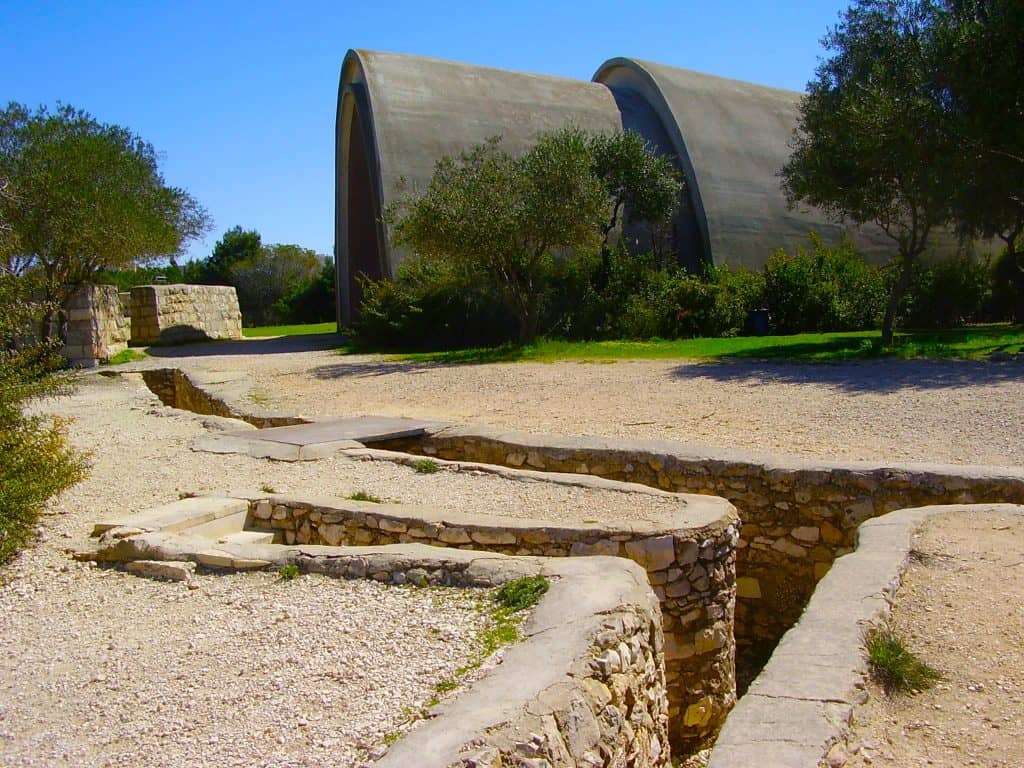
Credit: Dr. Avishai Teicher, CC BY 2.5, via Wikimedia Commons,
The Story Behind the Ammunition Hill Museum
So the story goes that in the early 1930s, during the Mandate period, the British built the “Police School” in northern Jerusalem (today in the Ma’alot Dafna neighborhood). The ammunition stored in the nearby hill gave it its name “Ammunition Hill.”
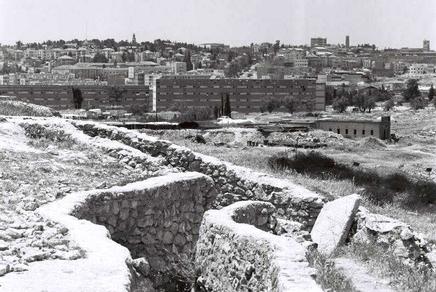
During The 1948 War, the Jordanians occupied parts of Jerusalem, including Ammunition Hill. As a result of the 1948 War, Jerusalem was divided into two separate cities – Israeli and Jordanian. Barbed wire fences separated the two parts of the divided city, were stretched, mines were planted, and military positions were built.
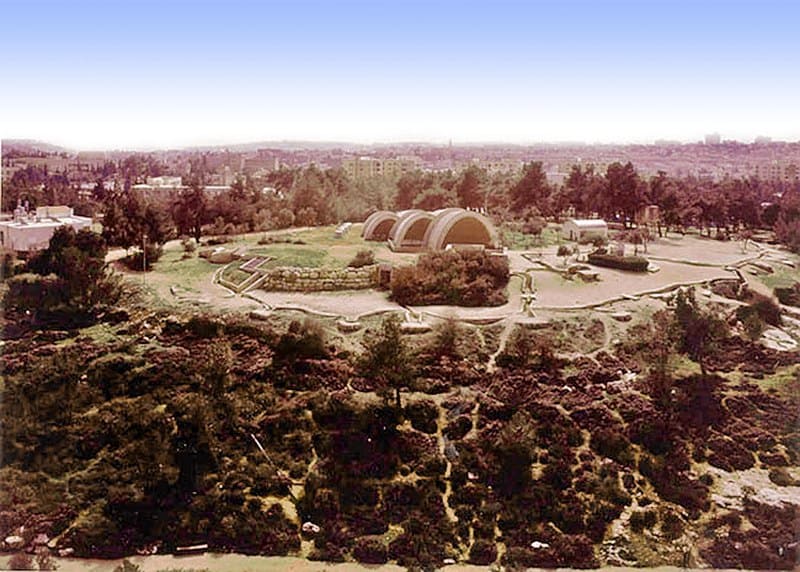
Now the Jordanians had three fortified outposts, including Ammunition Hill. The police school compound – Ammunition Hill, was defended by an increased Jordanian infantry company (about 150 fighters) from the al-Hussein Battalion.
So on the morning of June 5, 1967, the Six Day War broke out. Political attempts on the part of Israel to avoid war with the Jordanians failed. Hussein, King of Jordan, ordered his army to open fire along the urban line. At the disposal of the Central Command in Jerusalem and its surroundings were three reserve brigades that an artillery battalion would assist and the Air Force.
Ammunition Hill Museum: The Paratroopers Come to the Rescue
Originally the Paratroopers were supposed to operate on the Egyptian front. Still, since the IDF forces were advancing rapidly on this front, the paratroopers were directed at the last minute to Jerusalem. So now the brigade was tasked with scoring the urban line in northern Jerusalem to create a base for joining Mount Scopus and liberating the Old City.
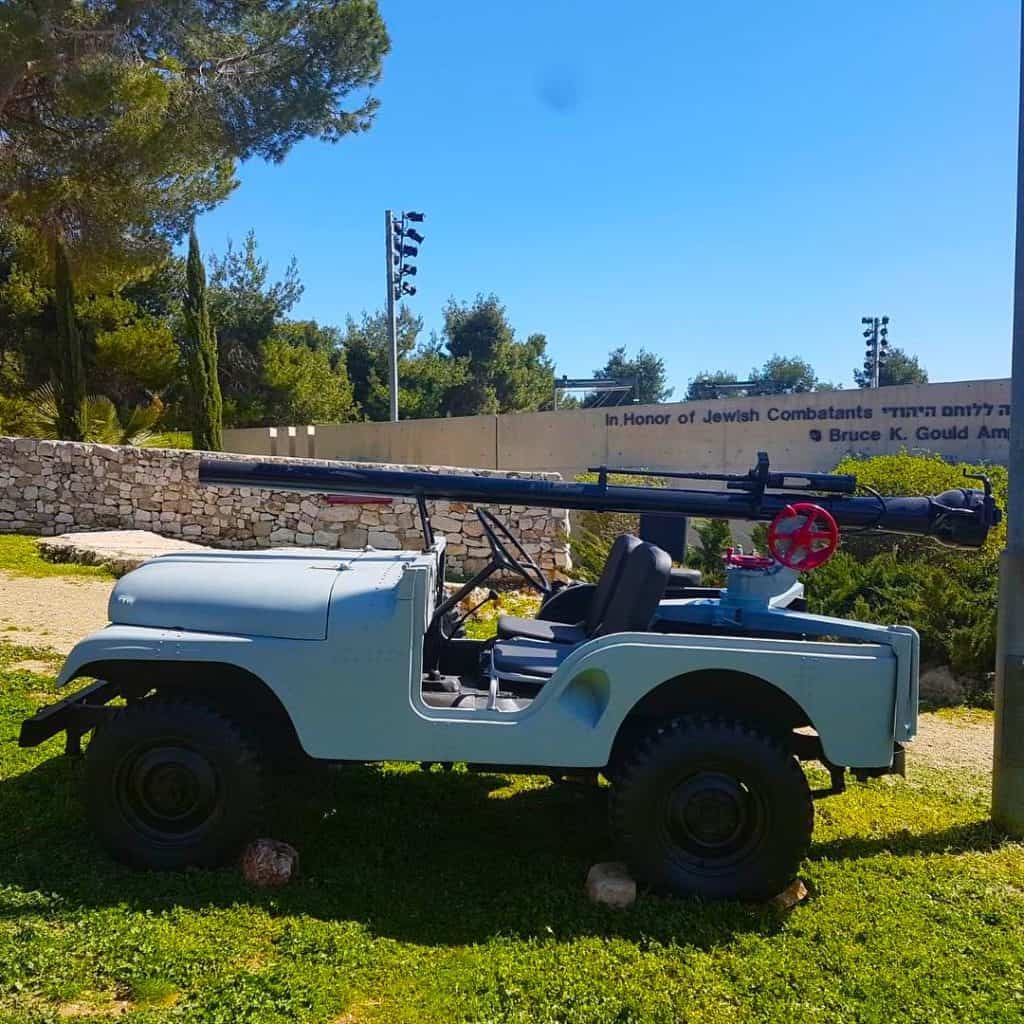
Finally, the 66th Battalion broke through the urban line in front of the police school. A bloody battle took place on Ammunition Hill. On the morning of June 6th, 1967, soldiers captured the old city. Thirty-six paratroopers were killed in this battle – 21 in the ammunition hill and 12 in the communication channels connecting to the hill. About 70 Jordanian soldiers were killed in the defense of Ammunition Hill – about half the force in the outpost. The Ammunition Hill Museum tells this story wonderfully.
Opening Hours:
Monday 9 am–5 pm
Tuesday 9 am–5 pm
Wednesday 9 am–5 pm
Thursday 9 am–5 pm
Friday 9 am–1 pm
Saturday Closed
Sunday 9 am–5 pm

